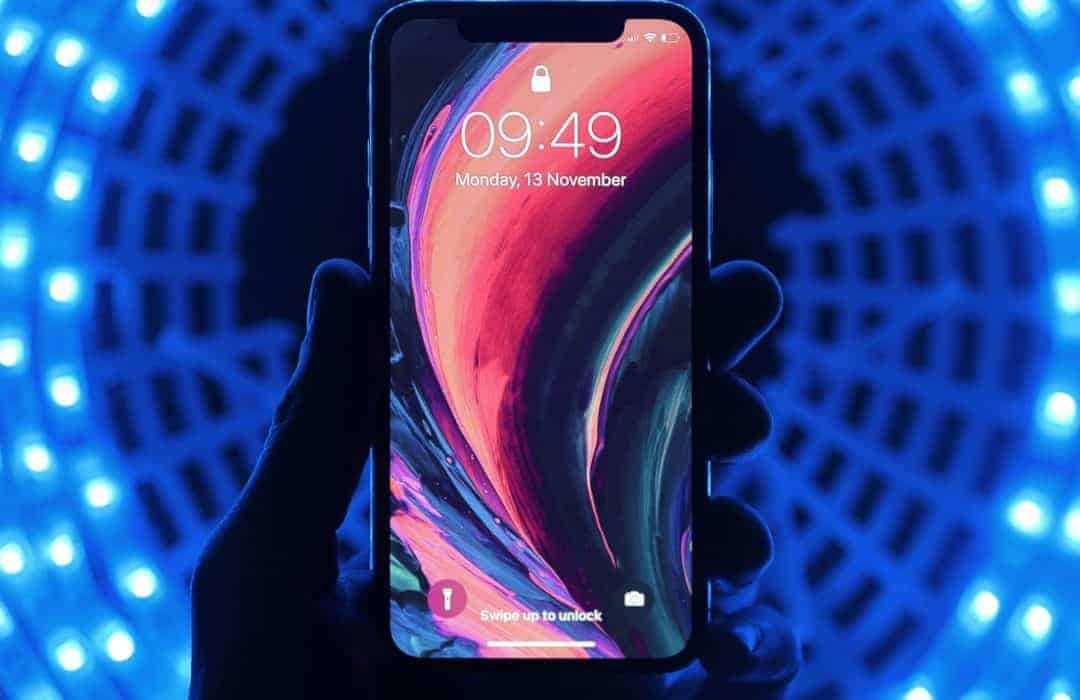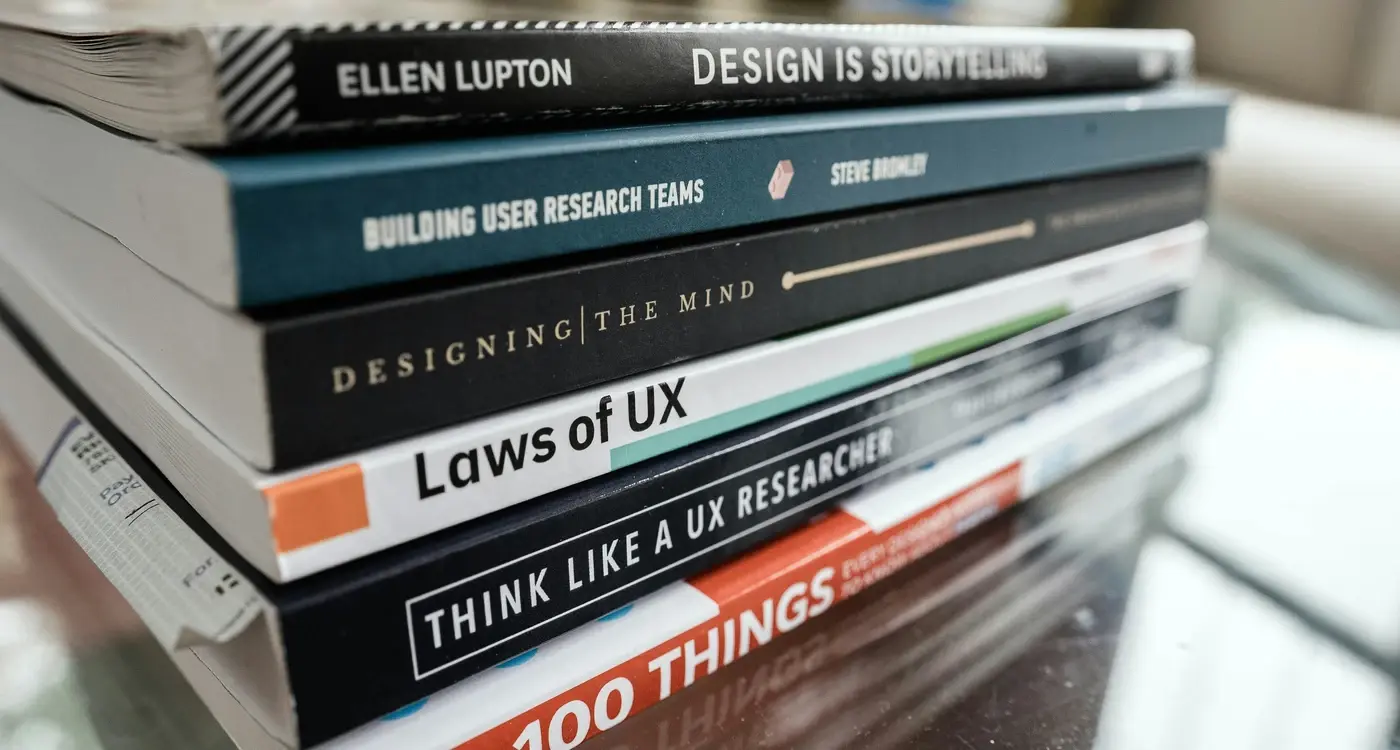Internet mega-influencer and founder of VaynerX, Gary Vee, famously said, “Attention is the new currency.” UX design is on the frontline of capturing and holding this new currency.
It may surprise you to learn that the human brain is a formidable opponent in a marketer’s battle for attention. That is because of the brain’s vast capacity to discern and make decisions, right?
Nope. The brain is actually quite lazy.
Read on to learn more about how smart UX design psychology can outsmart Internet surfers’ lazy brain mode.
Psychology is Important in UX Design
Our brains rely on habitual thought patterns to make decisions about apps and web pages in a fraction of a second. Do I stay, or do I go now? Click through or swipe left? If I stay, will it be worth it?
The stakes are high for brands to have UX that is both attractive and functional. People are busy, picky, and distracted. They expect a consistent experience across devices. 85% of adults expect a brand’s mobile app design experience to be equal to or better than their desktop website.
Sound visual design principles are not the only consideration. Including psychology, brain science, and human-centred design behaviour research creates a complete suite of effective UX tools.
Designers use these tools to engage more users, longer. This helps clients “make bank” on the currency of attention.
The Psychology Behind UX Design
When a user uses an app or website, they want to know what’s in it for them. You must be clear about the value proposition, what you do, and how it will benefit them.
It can be challenging to convey all that in three seconds or less. Effective UX includes a psychological strategy to get and retain attention.
Psychologists say that humans are motivated by four primary motivations. They include happiness, status, affiliation, and curiosity. If your UX design triggers one or more of these, you can increase audience engagement.
Affiliation
Affiliation is a feeling of belonging and acceptance. We are social creatures, and we crave a like-minded community. Think of NFL football fans or Reddit users.
Affiliation is strong when a user resonates with what makes you unique.”
- What attracts them?
- What do they want?
- What is in their way?
Good UX subconsciously lets them know they are in a safe emotional place. Empathy is a good tool for inviting people into your world. What visual cues will make them feel at home?
Status
People have an innate craving to raise their status and impress others. Status is the foundational trigger for luxury and tennis shoe brands. Status is closely related to affiliation. If your UX makes it easy for people to do or share something flattering about themselves, they are more likely to stick around.
Happiness
Humans love to feel good. When an experience stimulates pleasure, our brains release dopamine, a powerful hormone. We like the dopamine “hit”, so we will return to things that make us happy. “Likes” on social media are an epic example. Your UX should paint the picture of how your product will improve their life.
Happiness is more than skin deep. If your UX looks as elegant as a Chanel bag but is frustrating to use, you are not making people happy. They will not stick around.
Curiosity
Humans are programmed to learn. The first step in learning is curiosity. We have a hard time resisting finding out who is behind the curtain or just beyond the horizon. You don’t spark curiosity with a cut-and-dried description of your service.
A UX that uses strategic curiosity cues is irresistible. You can trigger curiosity with images, links, and teaser text to help people stay engaged.
Including aspects of these four fundamental triggers of affiliation, status, happiness, and curiosity will add value to a visually appealing UX.
How People Think
What impacts our attention span? Nobel prize winner Daniel Kahneman says humans have two systems for thinking and decision making. This will seem familiar to us even if we haven’t won a Nobel prize.
System 1 thinking is our emotional, knee-jerk reaction. This is responsible for the itchy trigger finger clicking or swiping away. System 1 is usually our lazy brain’s first response.
System 2 is what happens when we engage and analyse. This is the shift when people start to look for more information or compare products.
Knowing the hierarchy for the different ways humans think informs how the UX structures the user journey.
First Impressions Matter in UX
Looks matter in UX. In 2012, YouTube UX researcher Javier Bargas-Avila found that it only takes 17 to 50 milliseconds for people to register a reaction to a web page appearance.
If that micro-first impression is a good one, you may get a whole two to three more seconds to reel them in.
Even so, if a great-looking UX doesn’t quickly give them what they want, that’s almost worse than turning them away in the first place. A whopping 88% of visitors who have a bad experience with a website are less likely to return.
Function vs. Aesthetics
Excellent UX design strikes a balance between function and aesthetics. An ugly UX that doesn’t work very well is the worst of all worlds. It is most likely doomed to failure. An ugly UX that gets the job done will have low attraction value. It is vulnerable to competition from a better-looking UX that provides the same functionality.
A great UX that doesn’t work very well is frustrating to the user. Think about that super attractive person whose life is a train wreck behind the scenes. You might go on a few dates just for the view, but you won’t stick around for the long run. Similarly, users will stay with a visually engaging UX for a bit longer trying to figure it out. If they can’t get the functionality they need, though, they will go elsewhere.
A functional, beautiful UX is the gift that keeps on giving. When a user feels pleasure at the same time they are able to achieve their goals with the content, they are much more likely to engage and return multiple times.
Figuring out the balance involves tradeoffs, right? One way to stay on track is to have a clear list of must-have priorities for UX utility and build the aesthetics around that. Step back at the end and double-check that the visual design still retains the functional priorities.
It’s All In Their Head
UX design creates visual experiences, but the primary goal is the relationship you hope to build with the client. Just like real relationships don’t last just based on looks, your UX needs to facilitate a deeper connection. That is why considering the psychology behind a UX look and feel is essential.
At Glance, we know how to leverage emotion and psychology for a nuanced UX strategy. Whether you have a detailed project brief or simply an idea, get in touch, we can help.
Share this
Subscribe To Our Blog
You May Also Like
These Related Stories

Why Animation Matters in App Design, and How to Use it

Enterprise UX Design vs. Startup UX Design: A Difference?






